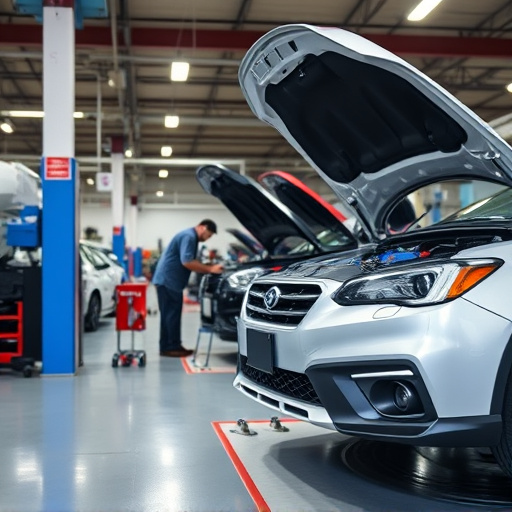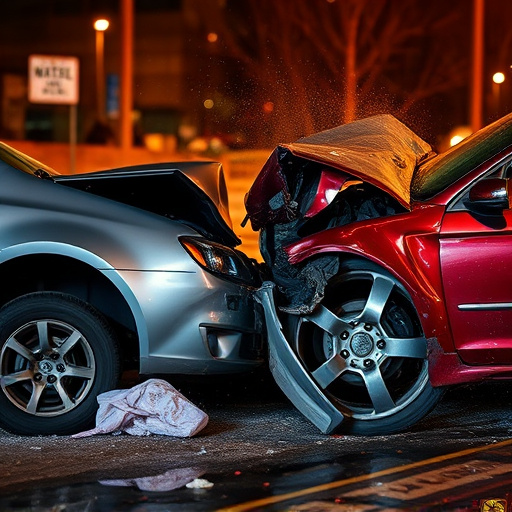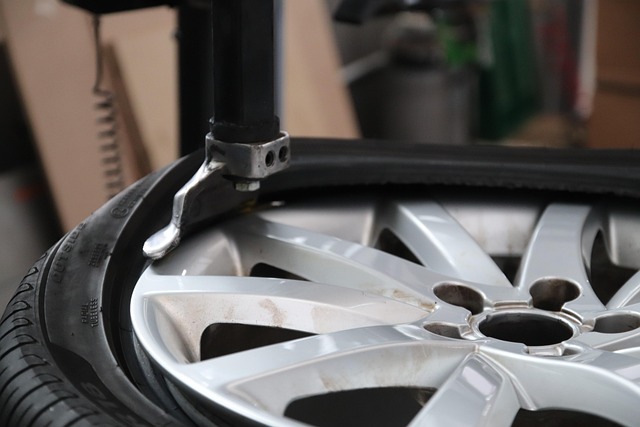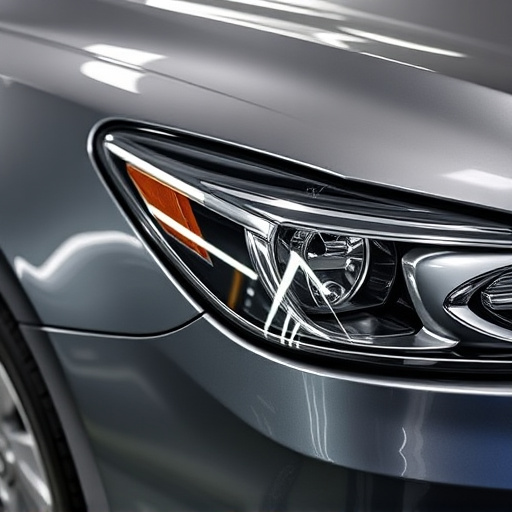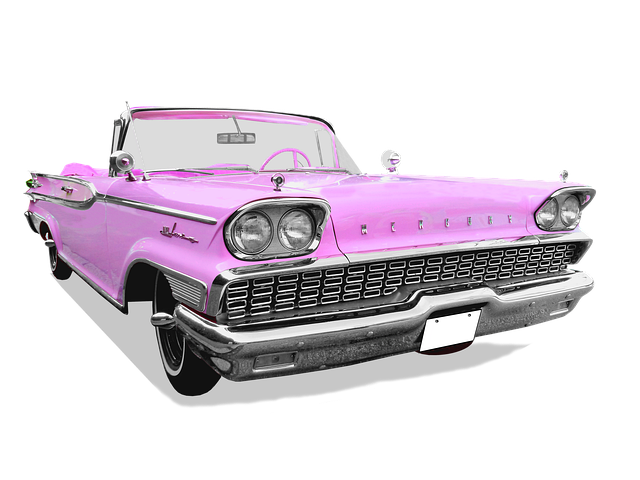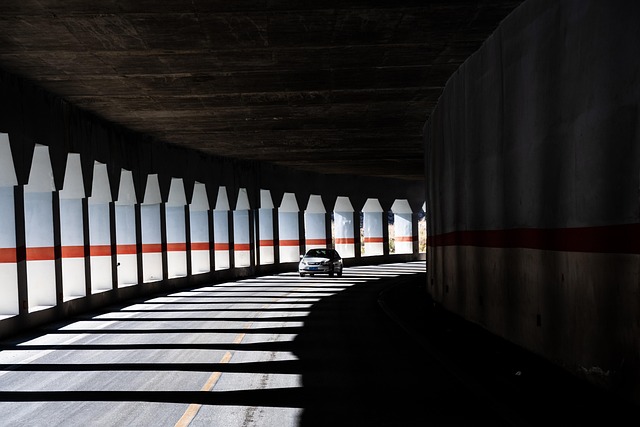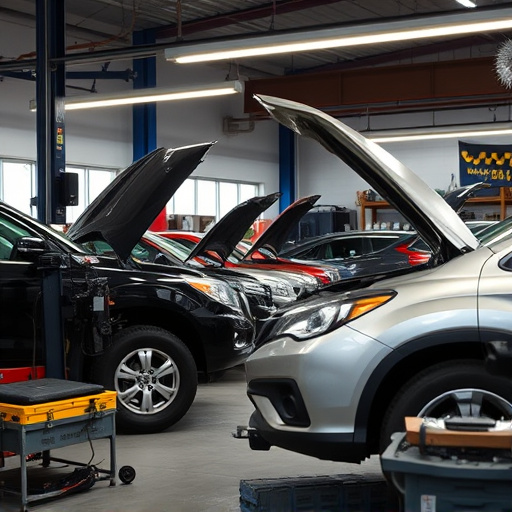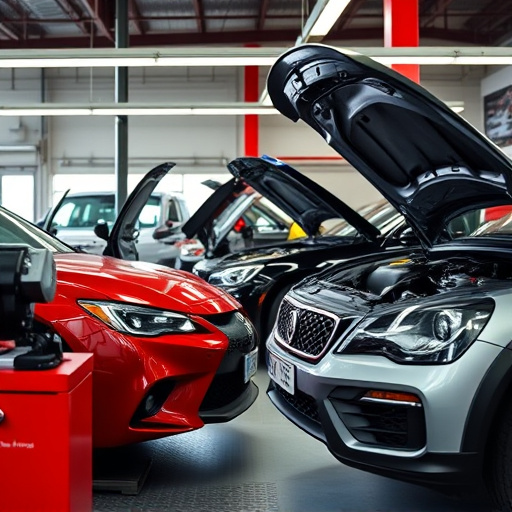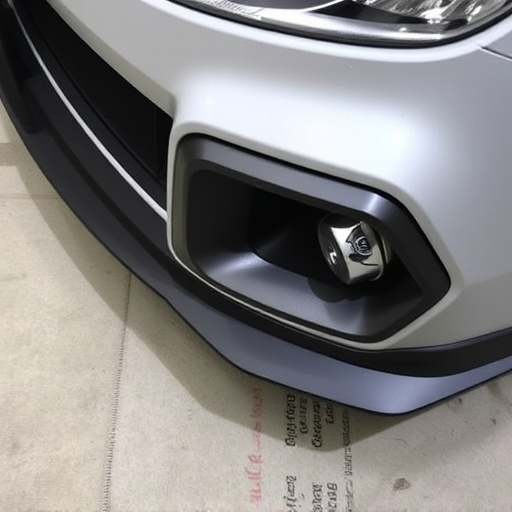Tesla's Supercharger network is a critical component of its EV ecosystem, offering fast charging solutions but requiring careful navigation due to varying vehicle models and evolving technology. Before visiting a station, drivers should check their vehicle's Tesla Supercharger compatibility using official apps or websites to avoid inconveniences and ensure optimal charging efficiency. Proper planning and adherence to charging etiquette are crucial for seamless recharging during long-distance travel, preventing potential damage and costly auto repairs.
Tesla Superchargers offer fast and efficient charging for electric vehicles, but understanding their compatibility with various Tesla models is crucial. This guide explores the intricacies of Tesla Supercharger compatibility and essential etiquette rules for a seamless experience. From identifying your vehicle’s charging capabilities to respecting other drivers’ time and minimizing environmental impact, these practices ensure efficient and courteous use of Superchargers. Learn how to pre-plan, optimize routes, and maintain public charging stations for an enhanced electric driving journey.
- Understanding Tesla Supercharger Compatibility
- – What is Tesla Supercharger?
- – Types of Tesla Vehicles and Their Charging Abilities
Understanding Tesla Supercharger Compatibility

Understanding Tesla Supercharger Compatibility
Tesla’s Supercharger network is a cornerstone of its electric vehicle (EV) ecosystem, offering fast and efficient charging solutions for Tesla owners. However, navigating Tesla Supercharger compatibility can be a bit complex due to the continuous evolution of technology and varying vehicle models. Each Tesla model—from the Model S to the Model 3 and upcoming designs—may have unique charging capabilities and requirements, influencing its compatibility with specific Supercharger stations. For instance, older Tesla models might not support the latest high-speed charging standards available at newer Supercharger locations.
Therefore, before visiting a Supercharger station, drivers should check their vehicle’s compatibility using Tesla’s official apps or websites. These tools provide real-time data on supported charging speeds and cable types for each model. Ensuring proper compatibility prevents inconvenience and ensures optimal charging efficiency. Moreover, understanding these nuances encourages responsible EV ownership, promoting the seamless integration of electric vehicles into daily routines and reducing range anxiety among drivers.
– What is Tesla Supercharger?

The Tesla Supercharger network is a global system of fast-charging stations designed specifically for Tesla electric vehicles. These stations are a cornerstone of Tesla’s strategy to address range anxiety and provide convenient, quick charging options for their owners. With Superchargers, Tesla drivers can recharge their vehicles in a fraction of the time it takes with standard chargers, making long-distance travel feasible and stress-free. Each Supercharger station offers multiple high-power charging ports, allowing several cars to charge simultaneously while on the go.
Tesla Supercharger compatibility is a key consideration for any owner looking to leverage this network. These stations are equipped to handle Tesla’s proprietary charging protocol, ensuring seamless and efficient charging for all eligible vehicles. This includes various models from Tesla’s lineup, focusing on quick power delivery and optimized charging speeds. Unlike some third-party chargers, Superchargers are designed with safety and performance in mind, providing a reliable and consistent experience for all Tesla owners, much like how a well-maintained automotive body shop ensures the safety and quality of vehicle repairs.
– Types of Tesla Vehicles and Their Charging Abilities
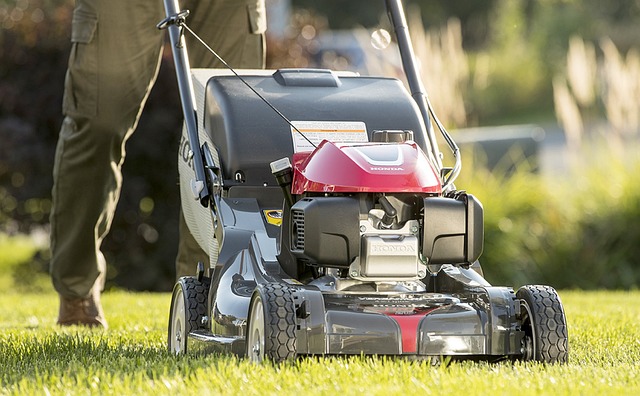
Tesla offers a range of electric vehicles (EVs) with varying charging capabilities, making it essential to understand Tesla Supercharger compatibility for efficient and safe recharging. The Model S and Model 3 are the most common models that utilize the Supercharger network, featuring high-power charging rates. These cars can quickly recharge their batteries, reducing charging times significantly. On the other hand, the Model X and Model Y have slightly different charging architectures, which might impact their Supercharger compatibility. It’s crucial to check Tesla’s official specifications for each model to ensure optimal charging performance and avoid potential issues like car damage repair or vehicle paint repair due to incorrect charging practices.
Different charging capabilities mean that not all Tesla vehicles can charge at the same speed on Superchargers. Older models or those with lower battery capacity might take longer to recharge, necessitating proper planning during long-distance travel. Understanding these nuances is key to adhering to charging etiquette, ensuring a smooth and efficient experience for all Tesla owners and preventing the need for costly auto repair services.
Tesla Superchargers offer a fast and efficient way to recharge your electric vehicle, but understanding compatibility and adhering to charging etiquette is essential. By knowing which Tesla models support Supercharging and following the established rules, you can ensure a smooth and enjoyable experience for yourself and other drivers. With proper planning and respect for fellow EV owners, you’ll be zipping through charges as quickly as you zip through the landscape.
